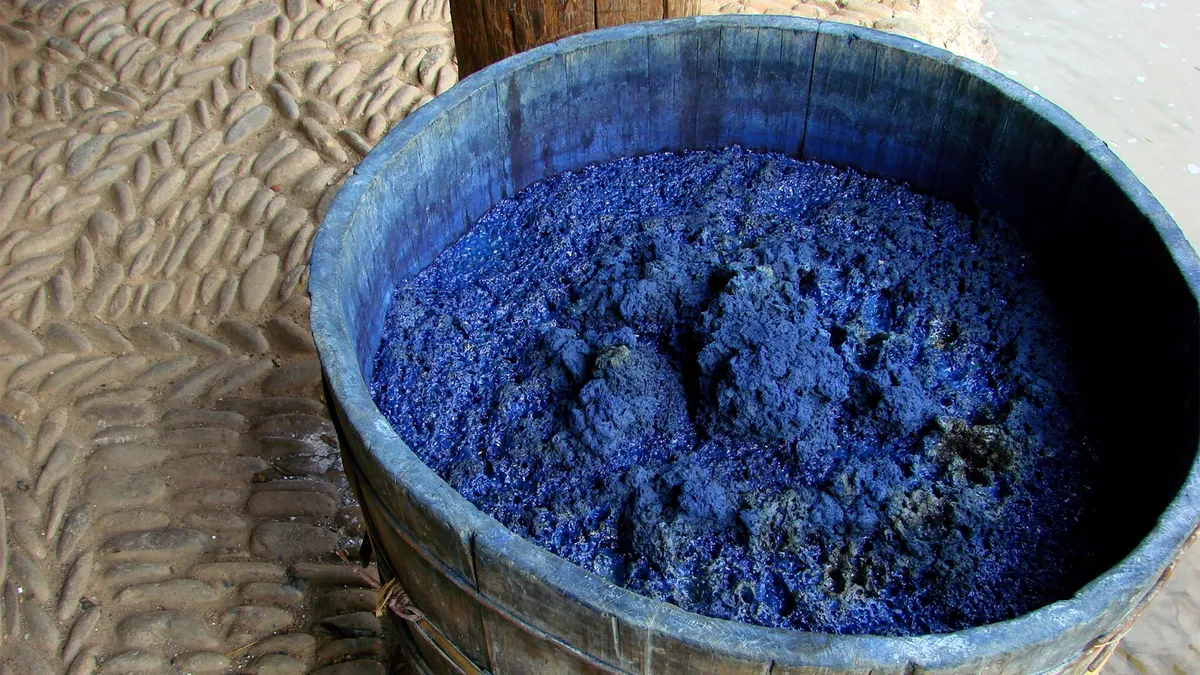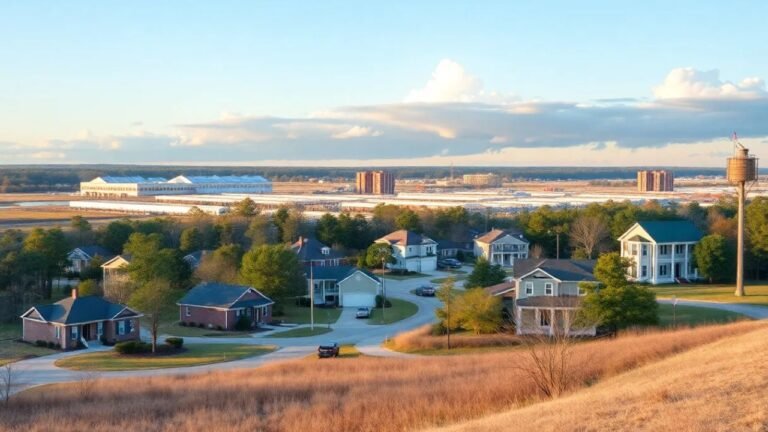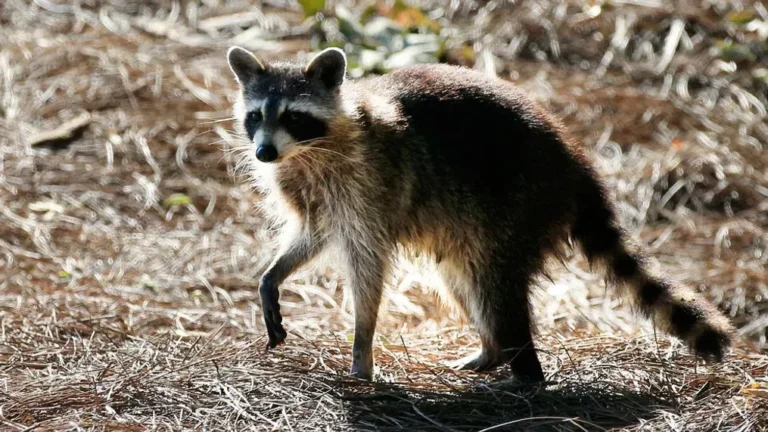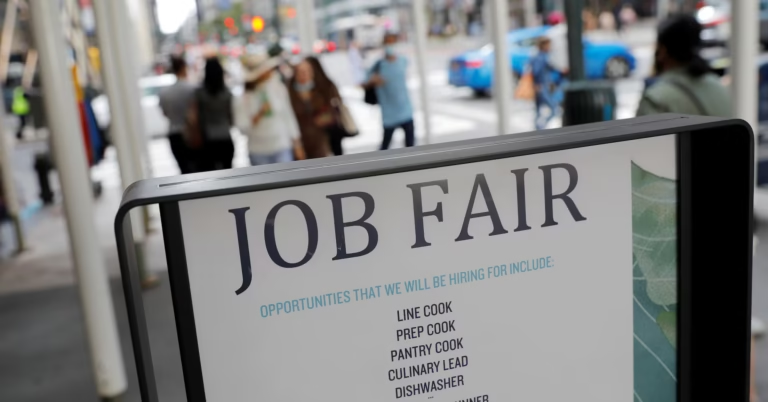South Carolina’s Forgotten Cash Crop Makes a Comeback: The Revival of Indigo Dye
SOUTH CAROLINA — Before cotton dominated Southern agriculture, there was indigo — a rich blue dye extracted from the Indigofera plant that once served as South Carolina’s second-most valuable export, just behind rice. Though nearly erased after the Revolutionary War, this historic cash crop is slowly making its way back into the state’s agricultural and artistic landscape.
Indigo’s Colonial Roots in South Carolina
Indigo was introduced to South Carolina in the 1740s by Eliza Lucas Pinckney, a young woman who experimented with the plant on her family’s plantation. With her success, the crop quickly became a cornerstone of the South Carolina economy. Indigo dye was exported primarily to Britain, where it was used in military uniforms, textiles, and high-end clothing.
By the time of the American Revolution, South Carolina was producing over a million pounds of indigo annually, making it a critical part of colonial commerce. However, the war’s outcome and the subsequent loss of access to the British market caused a rapid collapse in demand — and cotton swiftly replaced indigo as the dominant Southern crop.
An Artisanal Comeback in the Lowcountry
Though large-scale production never returned, a quiet revival is taking place across the South Carolina Lowcountry. A small but dedicated group of artisans and farmers are cultivating indigo in limited plots, focusing on heritage preservation, natural dyeing techniques, and sustainability.
These artisans extract the dye by fermenting the indigo leaves, drying the paste into blocks, and grinding it into powder for textile coloring. The dye is prized for its deep, vibrant blue hue, its rich historical roots, and its eco-friendly production process.
Some of the current growers use indigo in workshops, traditional fabric dyeing classes, and handcrafted textile businesses. A handful of them even sell blocks of natural indigo dye to customers both online and at farmers markets or artisan fairs.
Cultural and Economic Value Returns
The indigo revival is not just about color — it’s also about restoring local identity. These renewed efforts help shine a light on:
-
South Carolina’s pre-Civil War agricultural history
-
The legacy of enslaved Africans, who developed many of the original cultivation and dye extraction techniques
-
Sustainable farming models that support organic and regenerative practices
The dye also serves as a storytelling tool for museums and historical reenactments, helping residents and visitors alike appreciate South Carolina’s role in global trade and innovation during the 18th century.
Where to Find Locally Grown Indigo Today
If you’re looking to experience this revived tradition firsthand, some of the best places include:
-
Lowcountry farmers markets featuring natural dye vendors
-
Textile and fiber arts studios in Charleston and Beaufort
-
Historic plantations and workshops offering heritage dyeing demonstrations
-
Online artisan marketplaces selling indigo-dyed clothing and home goods
Many of these creators are open to sharing their process and history with visitors, making the indigo revival a deeply interactive and educational experience.
Have you seen South Carolina indigo making a comeback in your community?
Share your story or a favorite local artisan in the comments at SaludaStandard-Sentinel.com.







